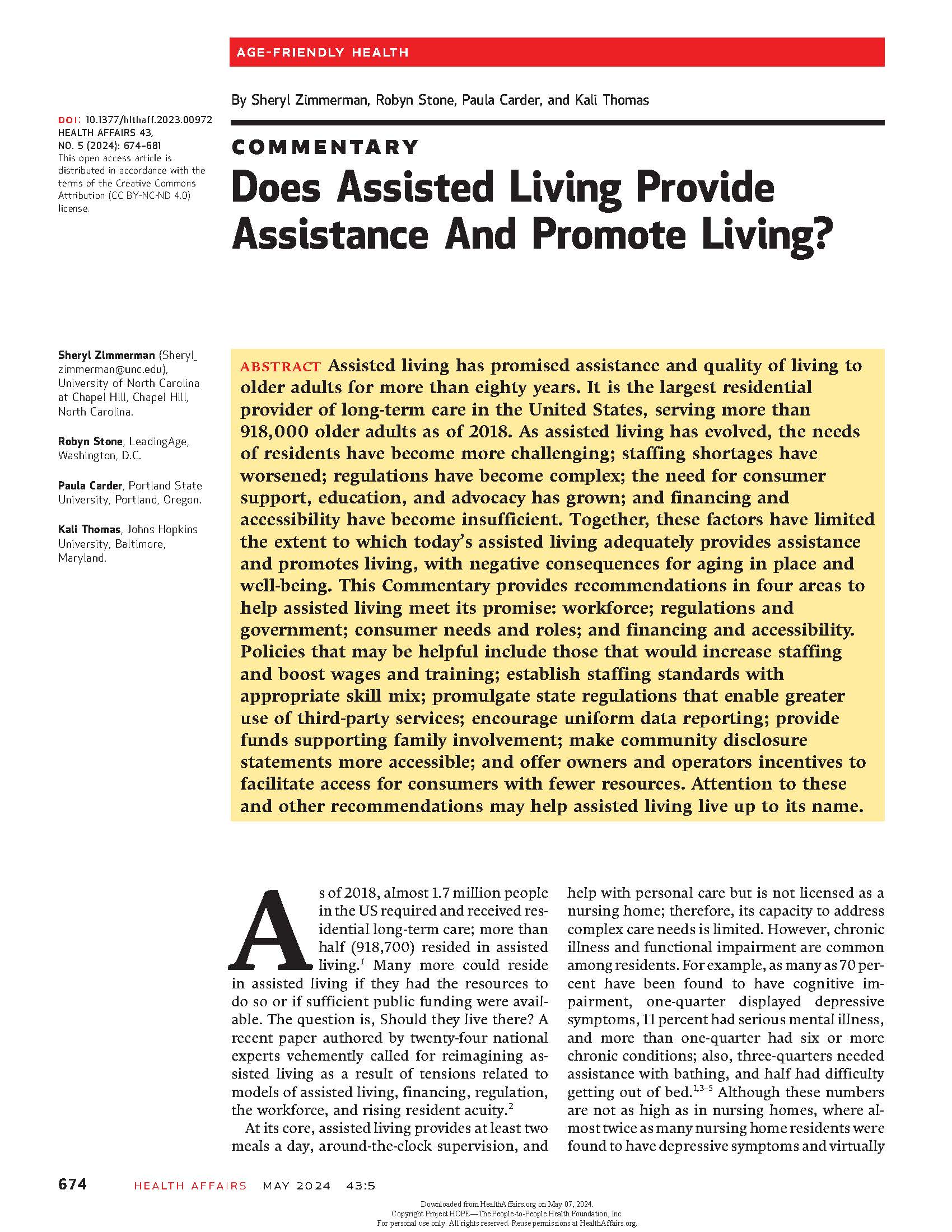Background and Objectives: In conversations about expanding age-friendly ecosystems, the concept of “age-friendliness” has not been explored in relation to residential settings.
Research Design and Methods: This multiple-case study compared four residents’ perspectives on the age-friendliness of a retirement and assisted living community, combining individual semi-structured interviews with observational data and organizational document analyses in a contextualist thematic examination.
Results: Three themes depict (A) existing experiences of the setting as “age-friendly” and the tension of the built design vs. identity; (B) resident-to-resident microaggressions, delineated into 4 subthemes including identity-related, intergenerational, condition-related microaggressions, and their influence on social isolation; and (C) desired experiences of the setting as “age-friendly” reflecting the social design. In cases of visibly perceptible diversity (white cane, darker skin tone), residents fared worse in experiencing microaggressions stemming from ableism, racism, and age differences. Conversely, in cases of visibly imperceptible diversity, residents had more positive or entirely positive experiences. Although the setting met many environmental and healthcare needs, it lacked design factors prioritizing meaningful social relationships among residents, affecting social isolation.
Discussion and Implications: Resident-to-resident social relationships were key in the experience of a retirement and assisted living community as age-friendly. Resident-to-resident microaggressions undermined perceptions of the community as age-friendly, and infuenced social isolation. We reflect on the organizational role in mitigating against negative social relationships and social isolation to maximize dignity.

Center for Excellence in Assisted Living CEAL@UNC
Advancing the well-being of the people who live and work in assisted living through research, practice, and policy.

